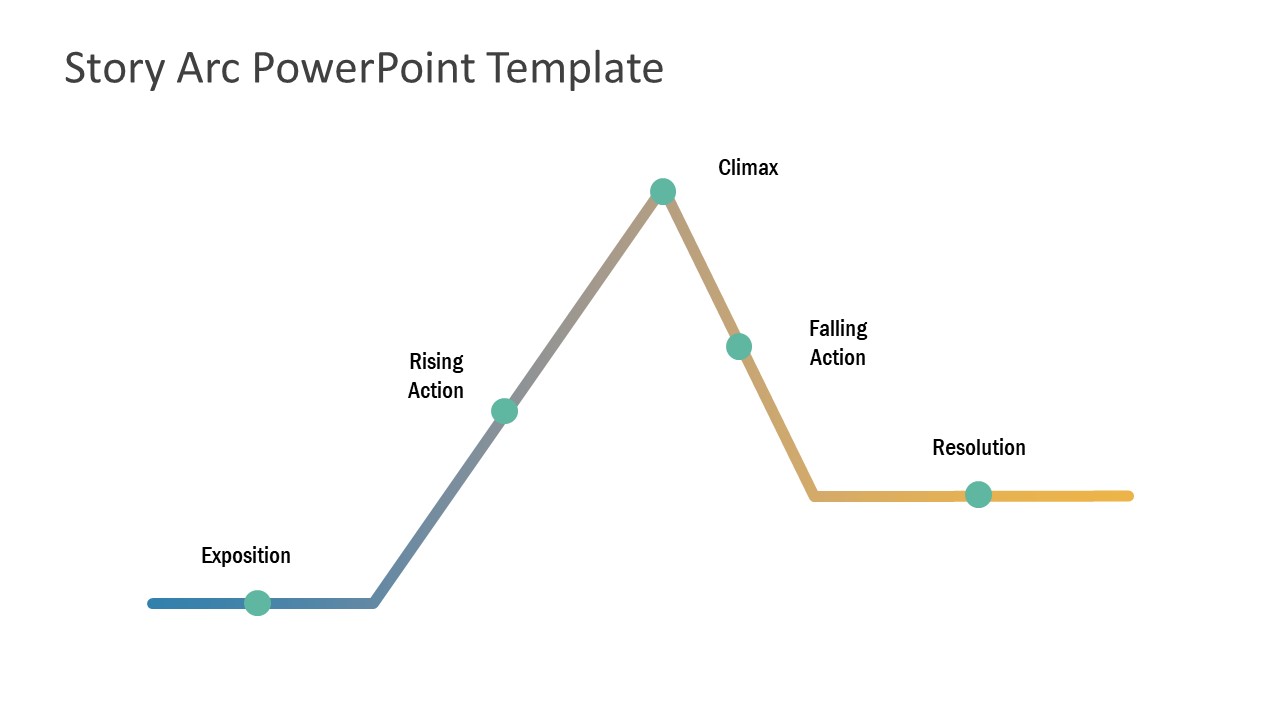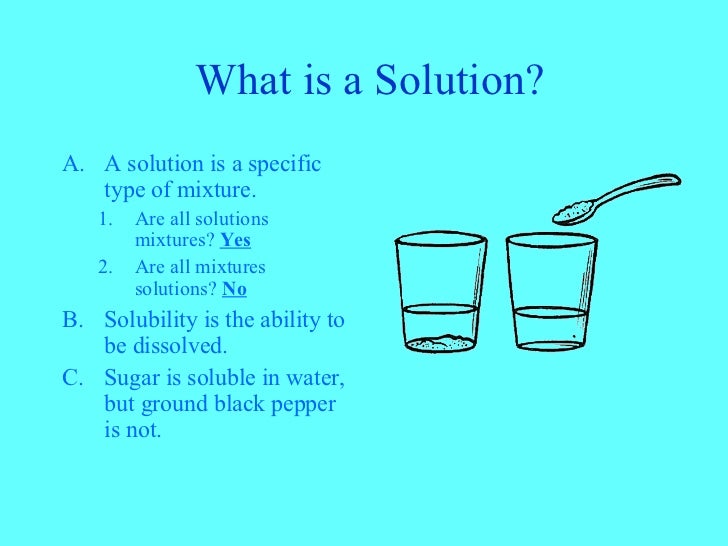A Plots Resolution
A Plots Resolution 9,4/10 4745 votes
The pyplot.savefig function provides an optional parameter to control the output resolution, as shown in the following script: Copy import numpy as np from matplotlib import pyplot as plt X = np.linspace(-10, 10, 1024) Y = np.sinc(X) plt.plot(X, Y) plt.savefig('sinc.png', dpi = 300). Plot resolution and depth of field as a function of exposure wavelength for a projection aligner with 100 nm lessthanorequalto A lessthanorequalto 500 nm. Use k = 0.75 and NA = 0.26. On the same plots, recalculate these functions for NA = 0.41.
Despite the resolution declaring its goals within the context of the state, and leaving the powers of Foreign Relations, Defense, Currency and General Communications subject to the jurisdiction of the central government, Indira Gandhi, the leader of the Akali Dal's rival Congress, viewed the Anandpur Sahib Resolution as a secessionist document. Create high-res (300dpi) images from Excel charts and plots By ja356 11 April 2017 If you need to create a high resolution image of your Excel chart for a manuscript/journal then the usual cut & paste approach generally only leads to a poor quality 72dpi image often with a bad case of the jaggies.
Disciplines > Storytelling > Propp's Morphology of the Folk Tale
See also
Propp's analysis
Russian Vladimir Propp (1895-1970) analyzed many of his country's folk tales and identified common themes within them. He broke down the stories into morphemes (analyzable chunks) and identified 31 narratemes (narrative units) that comprised the structure of many of the stories.
Folk stories around the world form a web of connections and the same or similar stories can be found in many places. These old stories also have formed the basis of many more stories since and hence Propp's morphology is useful not only in understanding Russian folk tales but pretty much any other stories.
Propp has been both lauded for his structural approach and criticized for his lack of sensitivity to subtle story elements such as mood and deeper context. Nevertheless, his analysis provides a useful tool in understanding stories ancient and modern and, after early influence on such luminaries as Claude Lévi-Strauss and Roland Barthes, has become a classic of folklore and structuralist analysis.
He identified that “Five categories of elements define not only the construction of a tale, but the tale as a whole.”:

1. Functions of dramatis personae (see below)
2. Conjuctive elements (ex machina, announcement of misfortune, chance disclosure – mother calls hero loudly, etc.)
3. Motivations (reasons and aims of personages)
4. Forms of appearance of dramatis personae (the flying arrival of dragon, chance meeting with donor)
5. Attributive elements or accessories (witch’s hut or her clay leg)
Whilst not all stories will contain all of Propp's narratemes, it is surprising to find stories that contain none, and many modern books and movies fit nicely into his categories.

The 31 Narratemes
Here are the 31 elements of stories that Propp identified, plus their symbol, interpretations and discussion. Note that some of these functions generally occur in pairs, such as departure and return. They may also be repeated.
Few stories contain all elements, but where they do contain elements, they will very largely occur in the sequence given here.
1st Sphere: Introduction
Steps 1 to 7 introduces the situation and most of the main characters, setting the scene for subsequent adventure.


2nd Sphere: The Body of the story
A Plots Resolution Examples
The main story starts here and extends to the departure of the hero on the main quest.
7 Plot Point Story Structure
3rd Sphere: The Donor Sequence
In the third sphere, the hero goes in search of a method by which the solution may be reached, gaining the magical agent from the Donor. Note that this in itself may be a complete story.
4th Sphere: The Hero’s return
In the final (and often optional) phase of the storyline, the hero returns home, hopefully uneventfully and to a hero's welcome, although this may not always be the case.
A Plots Resolution Definition
See also
Propp, V. (1927). Morphology of the Folktale. Trans., Laurence Scott. 2nd ed. Austin: University of Texas Press, 1968